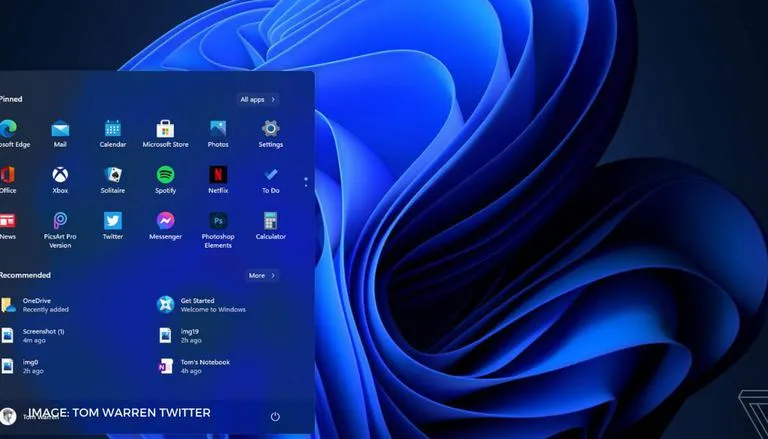Windows 11 is right here and it’s now broadly obtainable for almost all of the customers. Microsoft is permitting customers to proceed to utilize Windows 10, even after the launch of Windows 11. So, must you improve to Windows 11 or stick to Windows 10?
Before the discharge of Windows 11, the primary cause customers wanted to replace their desktop working system with a serious new OS launch was to proceed to have access to new and thrilling options. Additionally, updating to a serious new OS was crucial for normal safety updates.
Despite the discharge of Windows 11, Microsoft will not be planning to remove options or safety updates from Windows 10 till no less than 2025. Microsoft would launch safety updates to older units that would not or don’t need to improve to Windows 11 model 21H2.
If you’re confused about replacing an alternative, this information will attempt to spotlight the explanation of why you may need to stick to Windows 10 and helps to reply to the query of whether or not or not you must replace to Windows 11.
Windows 11 has a long list of choices that aren’t available.
Taskbar
Windows Explorer
It goes without saying that the new taskbar in Windows 11 is the worst feature.
The taskbar has been relegated to the show’s underbelly, and it’s unknown whether or not that performance will return. Apps can’t be pinned to the taskbar by just dragging and dropping them, which is strange given that Windows 11 was touted as being more productive.
Here’s a list of all the missing choices on the new taskbar:
You can’t adjust the taskbar’s size or position.
Labels can’t be separated.
Because Microsoft removed the taskbar’s entire context menu, the option to start Task Manager is no longer available.
Toolbars are no longer useful — it isn’t possible to add addresses, URLs, desktop shortcuts, or customizable folders.
Customers might change Power Mode quickly using Windows 10’s battery flyout. With Windows 11, this is no longer an issue.
The ability to view or add Calendar events has been removed by Microsoft.
File Explorer is just about identical, however, some options are presently lacking in Windows 11:
- No refresh choice within the context menu. This is usually a drawback as Explorer generally fails to auto-refresh.
- The new context menu doesn’t assist all options from the traditional model and it’s slower than traditional.
- The quick entry toolbar has been eliminated.
- Folder previews should not be supported in the RTM construct, however, this shall be addressed with model 22H2.
Other Facts
Using Windows 10 as a tablet has long been one of its main weaknesses, although it does still have a dedicated tablet mode. This switches to a Windows 8-style tile layout, with larger icons and full-screen apps.
Microsoft specifically focused on a touch input at the Windows 11 reveal, but it appears the dedicated mode is gone. An improved on-screen keyboard and bigger spaces between icons will make a difference, but much more is needed to make Windows 11 intuitive as a touchscreen device. Maybe a separate mode would still make sense?
However, due to the separation of Notifications and Quick Settings in Windows 11, the latter is no longer available via a single swipe from the right of the screen. Now, you’ll need to swipe and tap on the taskbar – this feels clunky, especially if you’re using an app full screen.
Cortana integration
Microsoft initially launched Cortana back in 2014, pitching it as a direct rival to Siri and the Google Assistant.
Cortana is directly integrated into Windows 10 and forms a key part of the setup process, but its influence on Windows 11 will be scaled back significantly. It won’t be involved in setup anymore or available within the Start Menu – indeed, a separate Cortana app is the only evidence it’s still around.
S mode in Windows 11 Pro
Windows 11 will still have the option for S mode, where downloads are limited to the Microsoft Store. However, it’ll now only be an option within the home version – Windows 10 Pro is also compatible with S mode.
Personalization options linked to Microsoft account
For some reason, this won’t be the case on Windows 11 – these options will be device-specific. This might be preferable for some people, but having the option to choose would be nice.
Windows 11 is a significant step forward for Microsoft’s desktop OS. However, as you can see here, it’s not an upgrade in all areas.


